In the vast landscape of technological innovation, our commitment at Vzense to the evolution of 3D vision technology has been unwavering. Since our inception in 2016, we have spearheaded research in 3D perception, computer vision, and image processing, with a particular focus on precision cameras. Today, as a leading player in 3D Time-of-Flight (ToF) technology, we proudly present our range of cutting-edge products, including our flagship 3D ToF cameras. From the very beginning, our mission has been clear: to redefine how we perceive and interact with the world around us. At Vzense, we have harnessed the power of 3D ToF technology to enhance machine vision, enabling applications in Face ID, mobile phones, VR/AR, industrial vision, and more.
.jpg)
What Sets Vzense Apart?
In the realm of precision cameras, Vzense stands out. Our journey has seen us evolve from the analog to the digital, from static to dynamic imaging, and from monochrome to color. The heart of our innovation lies in our dedication to 3D ToF technology. Unlike traditional color cameras, our stereo vision technology captures images composed of distances from each pixel to the camera. This depth information is not just a visual enhancement; it's a revolution in how we perceive and interact with the digital realm.
The Science Behind Precision Cameras
Vzense specializes in both passive and active reflective optical methods. Our stereo vision system, an example of passive reflective optical technology, utilizes two cameras capturing images from slightly different angles. This allows us to generate a 3D representation of a scene, crucial for applications such as industrial vision. Our active reflective optical methods, including ToF cameras, redefine the depth-sensing game. Time-of-Flight cameras, like the ones crafted by Vzense, measure the time it takes for light to travel, providing accurate distance calculations and generating detailed depth maps.
Components of Vzense ToF Camera
Our ToF cameras are a masterpiece of technology, comprising an irradiation unit, an optical lens, an imaging sensor, a control unit, and a calculation unit. The irradiation unit ensures precise modulation of the light source, allowing for accurate measurement. The optical lens, equipped with a band-pass filter, gathers reflected light to create a clear image on the imaging sensor. The imaging sensor, the core of our ToF camera, employs shutters for sampling reflected light at different times, enabling the calculation of precise depth information. The control and calculation units work seamlessly to record accurate depth maps, ensuring a breakthrough in 3D vision technology.
Precision Cameras in Action
Our ToF cameras provide a complete scene depth map in a single capture, eliminating the need for scanning devices. As semiconductor components shrink in size, our compact and cost-effective ToF depth cameras find rapid applications in both industrial and consumer electronics. The applications are vast, ranging from robotics to augmented reality, revolutionizing how we perceive and interact with the digital and physical worlds.
Conclusion
At Vzense Technology, we are proud to lead the way in the development of 3D Time-of-Flight (ToF) cameras. Our mission has always been to redefine how we perceive and interact with the world around us. With our cutting-edge precision cameras, including our flagship 3D ToF cameras, we are shaping the future of machine vision. We are committed to pushing the boundaries of precision cameras and 3D vision technology, driving innovation and shaping the future of machine vision at Vzense Technology.

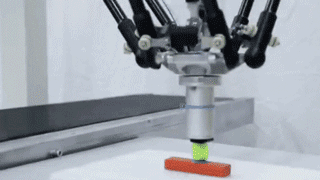
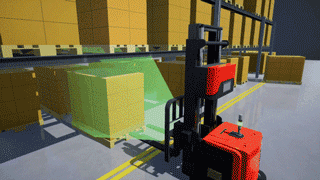
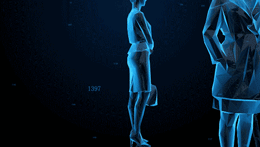


 EN
EN

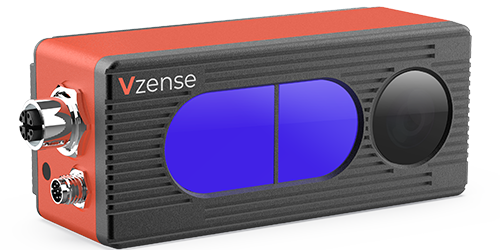


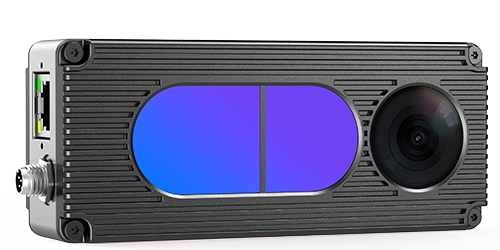





.jpg)



.jpg)
.jpg)


.jpg)

.jpg)
.jpg)











